The U.S. government shut down on Tuesday after the Senate failed to vote on a last-minute funding bill proposed by the Republicans.
A Democratic proposal also failed to gather the support it needed to pass and keep the federal government running.
Both parties have blamed the other for the shutdown, which is the first since 2019, when the U.S. recorded the longest government shutdown in more than 40 years.
- The recent U.S. government shutdown occurred after both Republican and Democratic funding proposals failed to pass, marking the first shutdown since 2019.
- The longest shutdown lasted 35 days, from Dec 2018 to Jan 2019, under Trump, costing about $3 billion in lost GDP and centered on border wall funding.
- Obama’s 2013 shutdown lasted 16 days over Affordable Care Act disputes, furloughing 800,000 federal workers and forcing 1.3 million to work unpaid.
- Clinton faced the second-longest shutdown in 1995-1996, lasting 21 days, due to budget battles over spending cuts with Republicans led by Newt Gingrich.
The U.S. Government shut down on October 1. Image credits: Yasin Ozturk/Anadolu via Getty Images
While shutdowns have become less frequent in recent years, they date as far back as 1976 when Republican President Gerald Ford was in power.
The 39th President of the U.S., Democrat Jimmy Carter, shut down the government four times between 1977 and 1979.
And Republican President Ronald Reagan beat that record during his two terms as leader, presiding over eight government shutdowns between 1981 and 1987 before his term ended in 1989.
Government shutdowns dating back to the 1990s include:
2019 — Donald Trump
Trump is blaming the Democrats for the latest shutdown. Image credits: Joe Raedle/Getty Images
During his first term as president, Trump oversaw the longest government shutdown in American history. It started on December 22, 2018, and lasted until January 25, 2019—marking a total of 35 days. It stemmed from Trump’s demand for billions in funding to build a wall along the U.S.-Mexico border.
The Congressional Budget Office (CBO) estimated that it cost the U.S. about $3 billion in lost GDP. The shutdown ended when Trump agreed to a stopgap bill, so three-week negotiations could take place and the government could reopen.
Ultimately, Trump declared a national emergency and bypassed Congress on February 15 to fund the wall. Polls largely found that the majority of Americans opposed the shutdown and blamed the Republicans.
2018 — Donald Trump
On February 9, there was a short funding lapse that was resolved in around nine hours. It was triggered by a procedural objection that delayed Senate business and briefly let funding lapse overnight. The following morning, Congress passed the Bipartisan Budget Act, and the president signed it, ending the shutdown.
The lapse happened overnight and before the start of the workday, so there were no service interruptions or furloughs.
2018 — Donald Trump
Trump has now overseen three shutdowns. Image credits: Ira L. Black/Corbis via Getty Images
There was a three-day government shutdown from January 20, 2018, until January 22, 2018, after Congress couldn’t agree on a temporary funding bill. Democrats wanted protections for young “dreamers”—recipients of the Deferred Action for Childhood Arrivals (DACA) program—to be included in the funding proposal.
But Republicans wanted more border security and wall funding. Estimates by The New York Times said that 692,900 workers were furloughed during the shutdown. It ended when Senate Democrats agreed to support a short-term funding bill in exchange for a commitment that immigration issues would be considered in the near future.
2013 — Barack Obama
There was one government shutdown during Barack Obama’s presidency. Image credits: Alex Wong/Getty Images
The 16-day shutdown under Obama from October 1, 2013, to October 17, 2013, is the third longest in U.S. history. It was sparked by a dispute over Obamacare, which is the Affordable Care Act.
House Republicans refused to pass a funding bill unless it delayed or defunded Obamacare, but Democrats wouldn’t give in to their demands—creating a deadlock. Around 800,000 federal employees were indefinitely furloughed, and 1.3 million had to work without pay until the shutdown was resolved.
The impasse ended when Congress passed the Continuing Appropriations Act, 2014, which funded the government through January 15, 2014, and separately suspended the debt limit until February 7.
1996 — Bill Clinton
Clinton clashed with Republicans over spending cuts. Image credits: Shepard Sherbell/CORBIS SABA/Corbis via Getty Images
The second-longest shutdown in U.S. history occurred from December 16, 1995, to January 6, 1996, and was related to a standoff between Clinton and Speaker Newt Gingrich over the federal budget.
Republicans had demanded deeper spending cuts and a plan to balance the budget within seven years using CBO figures, but Clinton resisted, arguing the cuts would harm Medicare, education, the environment, and public health. The 21-day shutdown ended when the parties reached a compromise.
1995 — Bill Clinton
Before the 21-day shutdown later in the year, there was a five-day impasse from November 14, 1995, to November 19, 1995. It happened after Clinton vetoed a continuing resolution pushed by Republicans because it included higher Medicare premiums and cuts to education, environmental protections, and public health.
The shutdown ended when Congress and the White House passed a short-term continuing resolution to keep the government running while broader negotiations continued. But those talks later collapsed, and that led to the shutdown on December 16, 1995.
1990 — George H. W. Bush
Bush had made a “no new taxes” pledge. Image credits: Arnie Sachs/CNP/Getty Images
From October 5, 1990, to October 9, 1990, there was a three-day government shutdown after Bush vetoed a continuing resolution. The resolution, which came after Bush’s “no new taxes” pledge, did not include his deficit-reduction package, a plan that raised some taxes and cut spending.
It led to a deadlock between Congress and the White House over tax increases vs. spending cuts. Congress passed a stopgap funding bill, and the government reopened while budget talks continued.
That deal ultimately led to the Omnibus Budget Reconciliation Act of 1990, which included tax hikes and spending restraints.



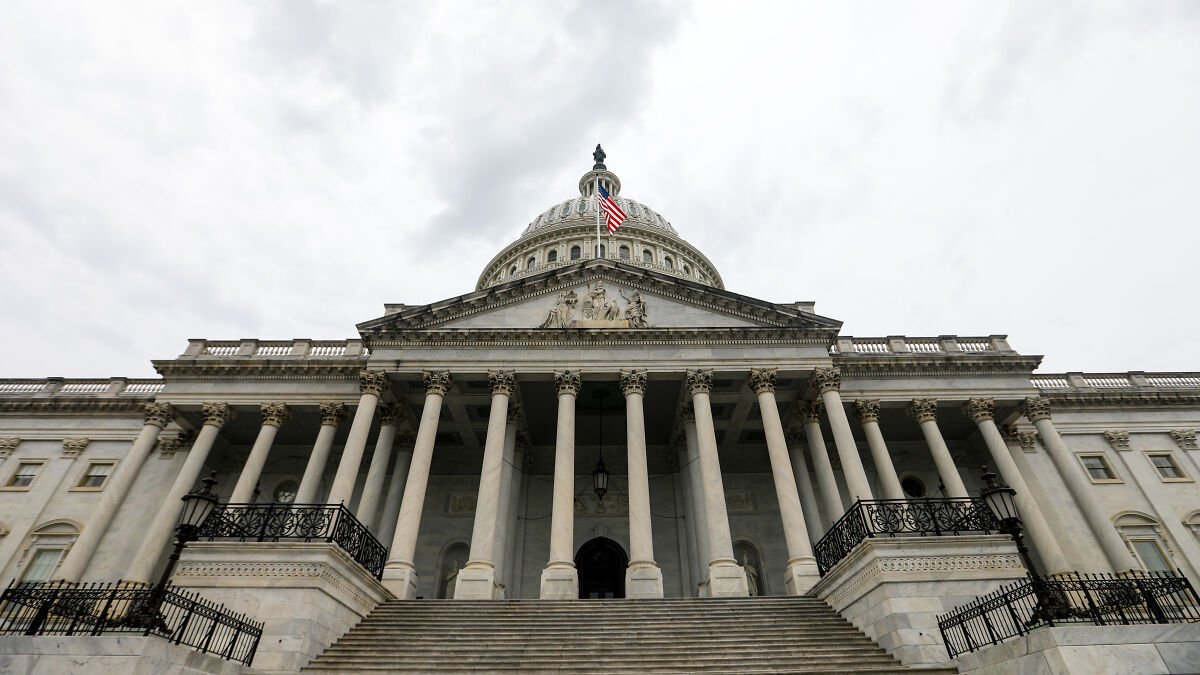
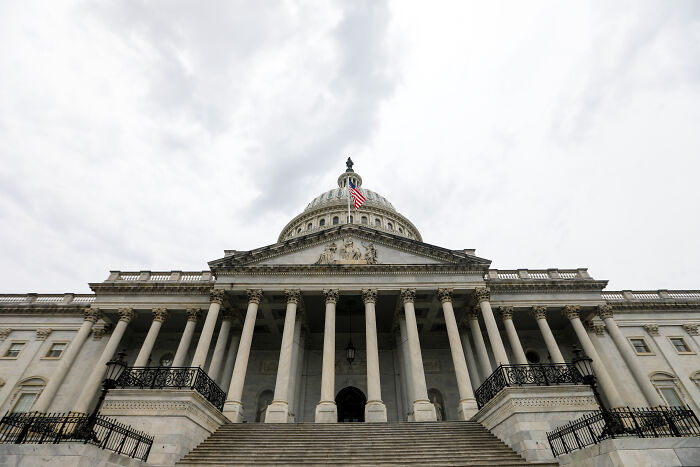
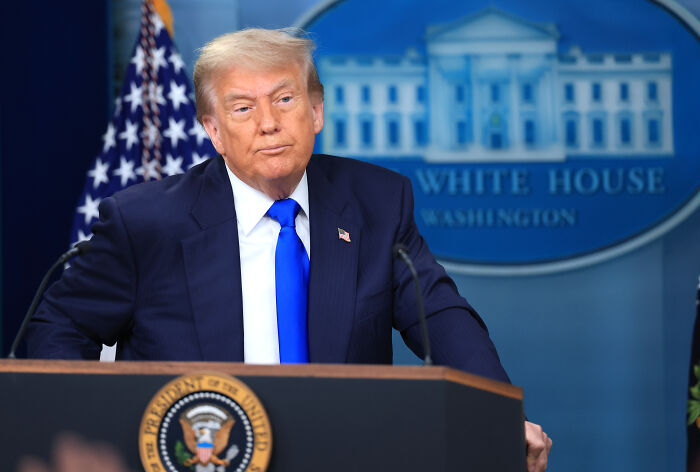
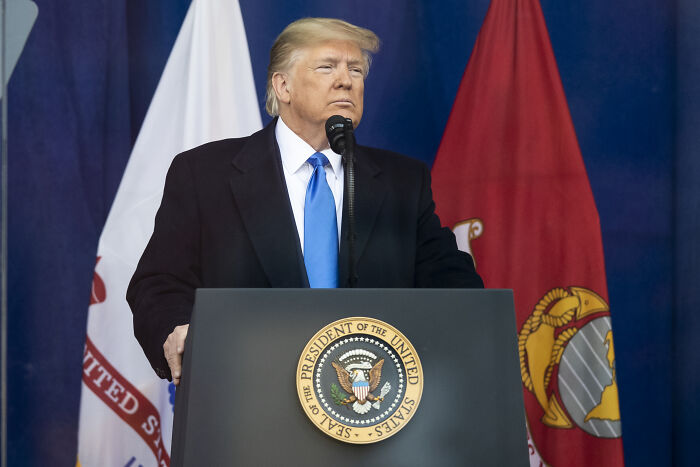
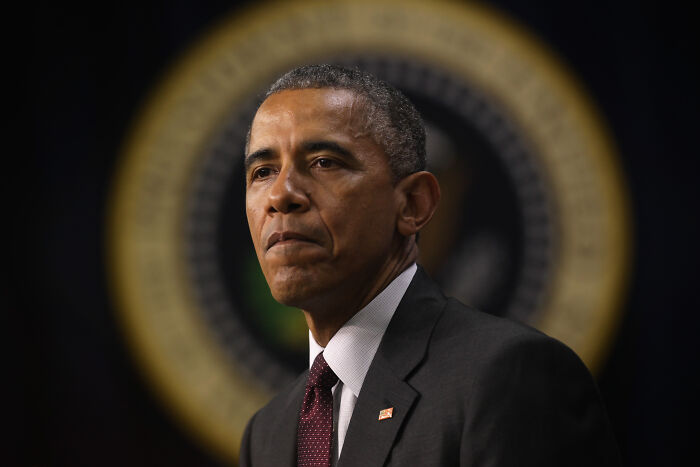
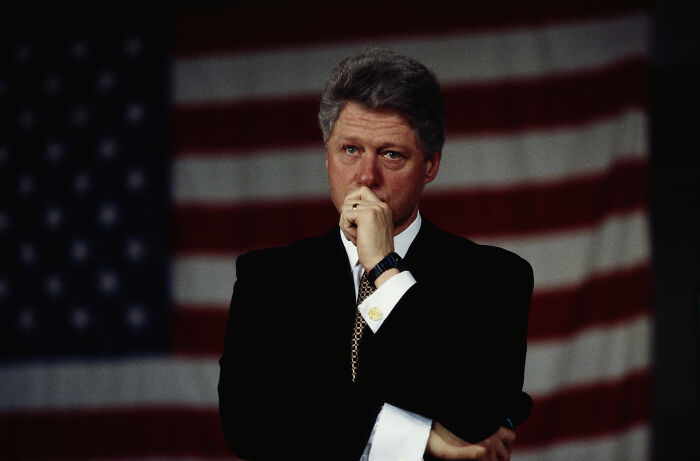
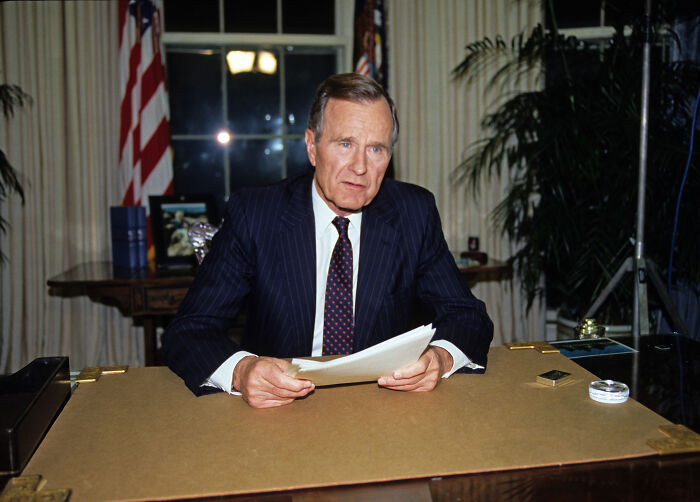



17
0